In the ever-evolving digital landscape, a website’s success depends on its ability to attract, engage, and retain visitors. Two critical pillars support this endeavor: Search Engine Optimization (SEO) and usability.
SEO acts as a compass, guiding search engines to discover, index, and rank your content, ensuring that your website is visible to potential visitors. Usability, on the other hand, ensures that once visitors arrive, they have a seamless, intuitive, and productive experience that encourages them to stay, explore, and convert.
Often, SEO and usability are mistakenly viewed as separate or even conflicting priorities. However, they are deeply intertwined, and neglecting one in favor of the other can severely limit a website’s potential.
A beautifully designed, user-friendly website that remains buried in search engine results will struggle to attract traffic. Conversely, a website that ranks highly but frustrates users with poor navigation, slow load times, or confusing layouts will see visitors leave almost immediately, signaling to search engines that it offers a subpar experience.
The true path to online success lies in achieving a harmonious balance between SEO and usability. This article explores the intricate relationship between these two elements, offering practical strategies and insights to help you create a website that not only ranks well but also delights its users.
Must Read – 10 Best WordPress Plugins for SEO
Understanding the Interplay: Why Balance Matters
Before diving into actionable strategies, it’s essential to understand why balancing SEO and usability is critical for long-term success.
Improved Search Engine Rankings
Modern search engine algorithms, particularly Google’s, have evolved to prioritize user satisfaction. While traditional SEO factors like keywords and backlinks remain important, search engines now heavily rely on user behavior metrics to assess a website’s quality. Key metrics include:
- Bounce rate: The percentage of visitors who leave after viewing only one page.
- Dwell time: How long users stay on a page before returning to search results.
- Click-through rate (CTR): The percentage of users who click on your website from the search results.
A highly usable website naturally encourages longer visits, lower bounce rates, and higher CTRs. These positive signals tell search engines that your site provides value, which can lead to improved rankings.
For example, if users consistently spend several minutes reading your blog posts or exploring multiple pages, Google interprets this as a sign of quality content, potentially boosting your position in search results.
Increased Conversions and Engagement
Usability directly impacts how easily visitors can achieve their goals on your website, whether that’s finding information, making a purchase, or signing up for a newsletter. A user-friendly design with clear calls to action (CTAs), intuitive navigation, and a seamless checkout process (for e-commerce sites) can significantly increase conversion rates. Engaged users are also more likely to explore additional content, subscribe to updates, and become loyal customers.
Consider an e-commerce site that optimizes its product pages for both SEO and usability. By including relevant keywords in product descriptions (SEO) and ensuring that the pages load quickly, display high-quality images, and feature easy-to-use filters (usability), the site can attract more organic traffic and convert a higher percentage of visitors into buyers.
Enhanced Brand Perception
A website that is easy to find and a pleasure to use creates a positive, lasting impression. It builds trust, credibility, and a strong brand image. Conversely, a frustrating or confusing user experience can damage your reputation, even if your site ranks well. Users associate a smooth, intuitive website with professionalism and reliability, which can influence their perception of your entire brand.
Imagine a law firm’s website that is optimized for keywords like “personal injury lawyer” but features a cluttered layout and broken links. Such a site will likely deter potential customers. For law firms specifically, our law firm SEO services ensure your website is optimized for the right legal keywords while maintaining a user-friendly design that keeps potential clients engaged.
Long-Term Sustainability
Focusing solely on short-term SEO tactics—such as keyword stuffing or buying backlinks—without considering usability can lead to penalties from search engines. Algorithm updates, like Google’s Panda and Penguin, specifically target websites that employ manipulative practices or provide a poor user experience. A user-centric approach, however, builds a solid foundation for sustainable growth. By prioritizing both SEO and usability, you create a website that not only performs well today but is also resilient to future algorithm changes.
Mobile-First Imperative
With over 60% of global web traffic coming from mobile devices (Statista, 2023), usability on smaller screens is no longer optional—it’s essential. Search engines, particularly Google, prioritize mobile-friendly websites through mobile-first indexing, meaning they primarily use the mobile version of a site for ranking and indexing. A seamless mobile experience is crucial for both SEO and user satisfaction. Websites that fail to optimize for mobile risk losing rankings and alienating a significant portion of their audience.
Must Read – Top 12 SEO Trends to Follow in 2023
Strategies for Balancing Usability and SEO
Achieving the perfect balance between SEO and usability requires a holistic approach that integrates both elements into every stage of website design, development, and content creation. Below are nine actionable strategies to guide you:
1. User-Centric Keyword Research
Keyword research is the foundation of SEO, but it’s equally important for understanding user intent and improving usability.
- Go Beyond Volume: While high-volume keywords are essential for attracting traffic, focusing solely on them can lead to generic content that doesn’t address specific user needs. Instead, prioritize understanding user intent—what questions are your target audience asking? What problems are they trying to solve? Tools like AnswerThePublic, Google’s “People Also Ask” section, and forums like Quora or Reddit can reveal the exact queries users are typing into search engines. For example, a travel blog targeting “best places to visit in Europe” might attract traffic, but optimizing for more specific queries like “family-friendly destinations in Europe with budget accommodations” can attract highly engaged visitors who are more likely to convert.
- Long-Tail Keywords: These longer, more specific phrases (e.g., “how to improve website loading speed for mobile users”) often have lower search volume but higher conversion rates because they target users with clear intent. Long-tail keywords also face less competition, making it easier to rank for them. By addressing niche topics, you can create content that directly meets user needs, improving both SEO and usability.
- Integrate Keywords Naturally: Avoid keyword stuffing, which not only harms readability but can also lead to search engine penalties. Instead, weave keywords organically into your content, headings, meta descriptions, and alt text. For instance, a product page for a “wireless Bluetooth speaker” should include the keyword in the title, description, and image alt text, but the content should remain clear and helpful to users.
2. Intuitive Website Structure and Navigation
A well-organized website benefits both users and search engines by making it easy to find and index content.
- Logical Hierarchy: Structure your content in a clear, logical hierarchy that reflects how users think about your offerings. Use categories and subcategories to group related content. For example, an online clothing store might organize its products by “Men’s,” “Women’s,” and “Kids’,” with subcategories like “Shirts,” “Pants,” and “Accessories.”
- Clear and Consistent Navigation: Implement a simple, consistent navigation menu that is easy to find and understand. Use descriptive labels for menu items (e.g., “Shop” instead of “Products”) and consider a flat site architecture where important pages are no more than three clicks away from the homepage. This minimizes frustration for users and ensures search engines can crawl your site efficiently.
- Internal Linking: Strategically link related pages within your website to help users discover more content and improve dwell time. Internal links also distribute link equity (SEO value) throughout your site. Use descriptive anchor text (e.g., “learn more about our SEO services”) rather than generic phrases like “click here.”
- Breadcrumbs: Implement breadcrumb navigation (e.g., Home > Blog > SEO Tips > How to Balance Usability with SEO) to help users understand their location on the site and easily navigate back to previous pages. Breadcrumbs also aid search engine crawlers in understanding your site’s structure.
3. High-Quality, User-Focused Content
Content is the heart of both SEO and usability. It must be valuable, engaging, and easy to consume.
- Answer User Queries Thoroughly: Create comprehensive content that directly addresses the needs and questions of your audience. Aim to be the best resource on the topic. For example, if you’re writing about “how to start a podcast,” cover everything from equipment recommendations to marketing strategies, ensuring users don’t need to visit multiple sites for answers.
- Readability Matters: Break up large blocks of text with headings, subheadings, bullet points, and short paragraphs. Use clear, concise language and avoid jargon unless your audience is highly technical. Tools like Hemingway Editor can help improve readability. A well-structured page keeps users engaged and encourages them to read more.
- Visual Appeal: Incorporate high-quality images, videos, and infographics to make your content more engaging. Visuals not only enhance the user experience but also provide opportunities for SEO through alt text and file names. For instance, an image of a “wireless speaker” should have alt text like “wireless Bluetooth speaker with high bass” to improve search visibility.
- Fresh and Relevant Content: Regularly update existing content and publish new, valuable pieces to keep your website fresh. Search engines favor sites that consistently provide up-to-date information, and users appreciate content that reflects current trends or data.
4. Mobile-First Design and Responsiveness
With mobile traffic dominating the web, optimizing for mobile is crucial for both SEO and usability.
- Prioritize Mobile: Design your website with mobile users in mind first. Ensure that all elements—text, images, navigation, and forms—are easily accessible on smaller screens. For example, buttons should be large enough to tap without zooming, and text should be legible without pinching.
- Responsive Design: Implement a responsive design that adapts seamlessly to different screen sizes and devices. This ensures a consistent experience across platforms and is a key ranking factor for Google’s mobile-first indexing.
- Mobile Page Speed Optimization: Mobile users expect fast load times. Optimize your mobile site by compressing images, minifying code, leveraging browser caching, and using a content delivery network (CDN). Google’s PageSpeed Insights tool can help identify areas for improvement.
5. Website Speed and Performance Optimization
Page speed is a critical factor for both user experience and SEO rankings.
- Fast Loading Times: Slow websites frustrate users and increase bounce rates. According to Google, 53% of mobile users abandon sites that take longer than three seconds to load. Optimize your site by addressing server response times, image sizes, and code efficiency.
- Core Web Vitals: Pay attention to Google’s Core Web Vitals metrics:
- Largest Contentful Paint (LCP): Measures loading performance (aim for under 2.5 seconds).
- First Input Delay (FID): Measures interactivity (aim for under 100 milliseconds).
- Cumulative Layout Shift (CLS): Measures visual stability (aim for a score below 0.1).
Use tools like Lighthouse or GTmetrix to monitor and improve these scores.
- Minimize Redirects: Excessive redirects can slow down your site and confuse users. Use 301 redirects only for permanent moves and avoid redirect chains.
6. Accessibility for All Users
An accessible website ensures that all users, including those with disabilities, can navigate and interact with your content.
- WCAG Compliance: Follow the Web Content Accessibility Guidelines (WCAG) to make your site accessible. This includes providing alt text for images, using proper heading structures (H1, H2, etc.), ensuring sufficient color contrast, and enabling keyboard navigation.
- Semantic HTML: Use semantic HTML5 elements (e.g., <article>, <nav>, <footer>) to provide meaning and structure to your content. This improves both accessibility and SEO by helping search engines understand your site’s layout.For example, wrapping your blog content in <article> tags and using <nav> for navigation menus makes it easier for screen readers and search engines to parse your site.
7. Effective Use of Multimedia
Multimedia can enhance user engagement but must be optimized for both SEO and performance.
- Enhance, Don’t Distract: Use images, videos, and audio to complement your content, not overwhelm it. For instance, a tutorial blog post could include a short video demonstration, but ensure it doesn’t slow down the page.
- Optimization is Key: Compress multimedia files to reduce load times. Use descriptive file names and alt text for images (e.g., “seo-usability-balance-infographic.jpg”) to improve SEO. For videos, provide transcripts to make them accessible and searchable.
8. Clear Calls to Action (CTAs)
CTAs guide users toward desired actions, improving both usability and conversion rates.
- Guide User Behavior: Use clear, concise CTAs like “Download the Guide,” “Contact Us Today,” or “Add to Cart.” Avoid vague phrases like “Click Here.”
- Strategic Placement: Place CTAs in prominent locations, such as at the end of blog posts or above the fold on product pages. For example, a SaaS company might place a “Start Free Trial” button prominently on its homepage.
- Compelling Language: Use action-oriented language that creates urgency or highlights benefits (e.g., “Boost Your SEO Rankings Now”).
9. User Feedback and Iteration
Continuous improvement is key to maintaining a balance between SEO and usability.
- Listen to Your Audience: Use surveys, contact forms, and social media monitoring to gather feedback. Tools like Hotjar or UserTesting can provide insights into how users interact with your site.
- A/B Testing: Test different versions of headlines, CTAs, or layouts to see what improves engagement and conversions. For instance, testing two different CTA buttons on a landing page can reveal which one drives more sign-ups.
- Continuous Improvement: Regularly analyze website analytics (e.g., Google Analytics) to identify areas for improvement. Look at metrics like page load times, bounce rates, and conversion funnels to refine both SEO and usability.
Must Read – 9 Link Building Strategies for Bloggers
Emerging Trends and Technologies Impacting Usability and SEO
To stay ahead in the digital landscape, it’s crucial to adapt to emerging trends that influence both usability and SEO.
Voice Search Optimization
With the rise of voice-activated devices like Amazon Alexa and Google Home, optimizing for voice search is becoming essential. Voice queries are often longer and more conversational than typed searches, so incorporating natural language and question-based keywords (e.g., “How do I balance SEO and usability?”) can improve visibility.
For usability, ensure your content is easily digestible and answers common questions directly, as voice search users expect quick, concise responses.
Artificial Intelligence and Machine Learning
Search engines are increasingly using AI and machine learning to understand user intent and deliver personalized results. Google’s BERT and MUM algorithms, for example, analyze the context of searches to provide more relevant answers. To align with these advancements, focus on creating comprehensive, contextually rich content that addresses user needs holistically.
From a usability perspective, AI can enhance user experiences through personalized recommendations, chatbots, and dynamic content that adapts to individual preferences.
Visual Search
Visual search allows users to search using images instead of text. Optimizing images with descriptive file names, alt text, and structured data (e.g., schema markup) can improve your site’s visibility in visual search results. For usability, ensure that images are high-quality and relevant to the content, enhancing the overall user experience.
Must Read – How to Build Backlinks Naturally
The Synergistic Relationship: SEO and Usability Working Together
SEO and usability are not mutually exclusive—they are symbiotic. Prioritizing user experience often indirectly improves SEO, as search engines reward sites that provide value and satisfaction to users.
A website that is easy to navigate, loads quickly, and offers valuable content is more likely to attract backlinks, reduce bounce rates, and increase dwell time—all of which boost SEO.
Conversely, a site optimized for search engines but lacking in usability will struggle to retain visitors. High rankings mean little if users leave immediately due to a poor experience. The key is to integrate SEO best practices into a user-centric design, ensuring that every optimization serves both search engines and human visitors.
Must Read – SEO Benefits of Responsive Web Design
Conclusion
Striking the right balance between usability and SEO isn’t just a technical necessity; it’s the key to sustainable online success. By prioritizing user experience, you naturally create a website that search engines will also favor. Think of it this way: a site that’s easy to navigate, provides valuable content, and loads quickly keeps users happy, leading to positive signals like longer dwell times and lower bounce rates – metrics that search engines interpret as indicators of quality.
Ultimately, the most effective strategy involves integrating usability and SEO from the very beginning of your website design and content creation processes. Instead of treating them as separate entities, view them as complementary forces working towards the same goal: connecting your valuable content with the right audience in the most effective and enjoyable way possible. When you achieve this synergy, you not only improve your search engine rankings but also cultivate a loyal user base, leading to long-term growth and engagement.
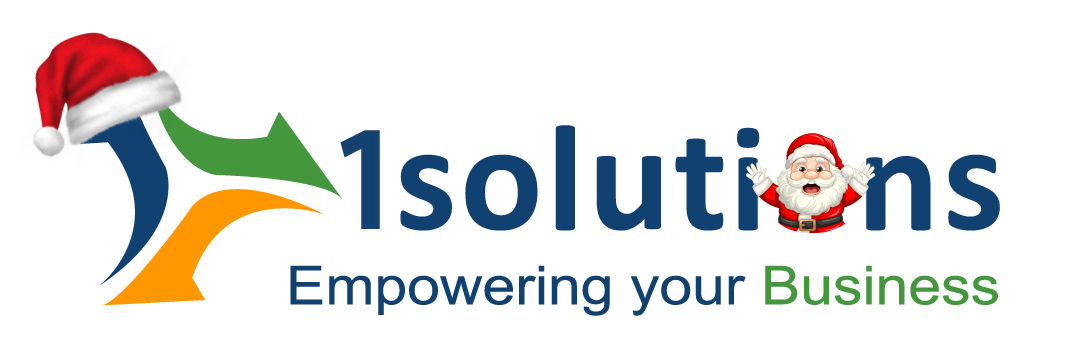




















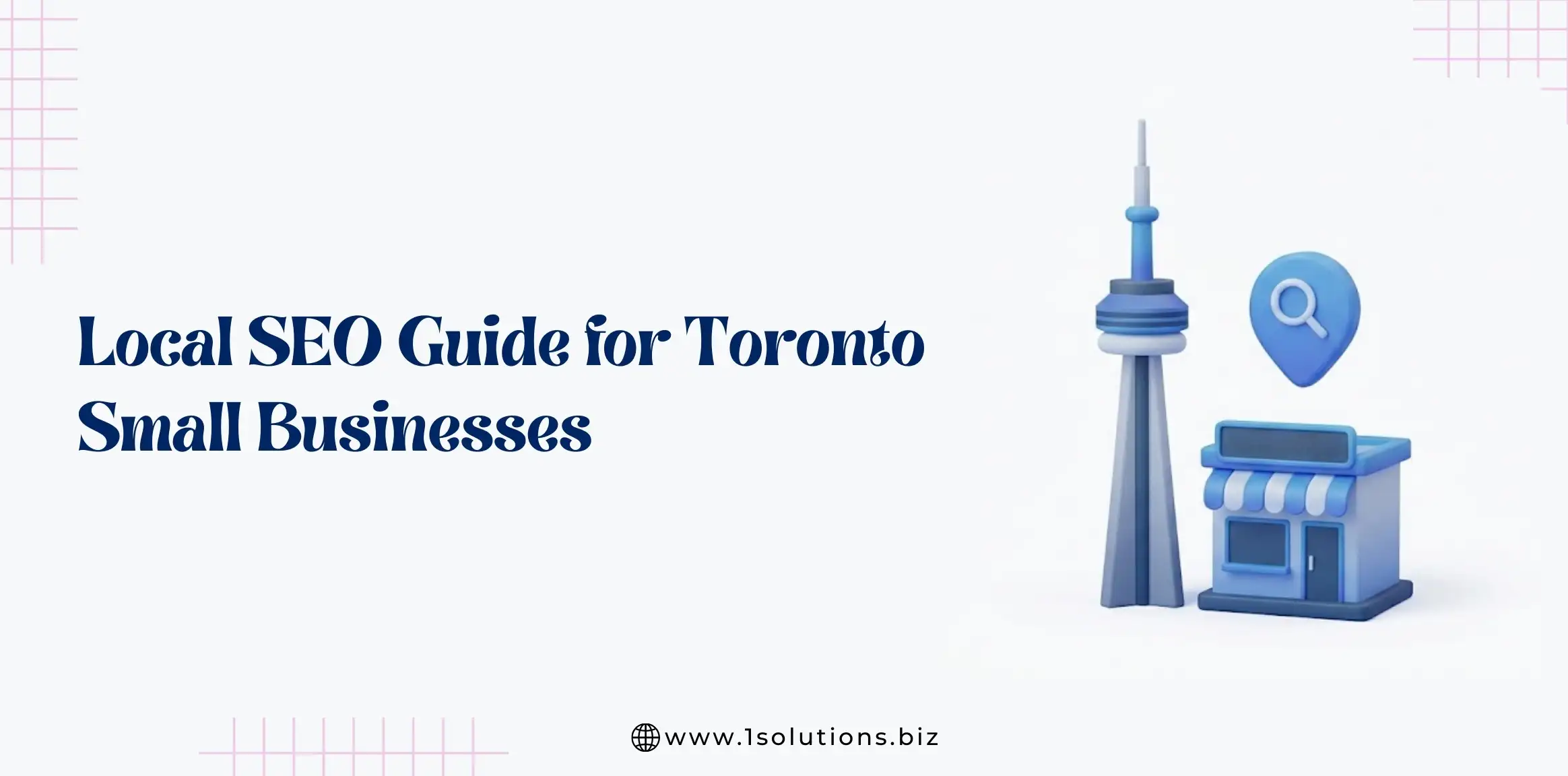

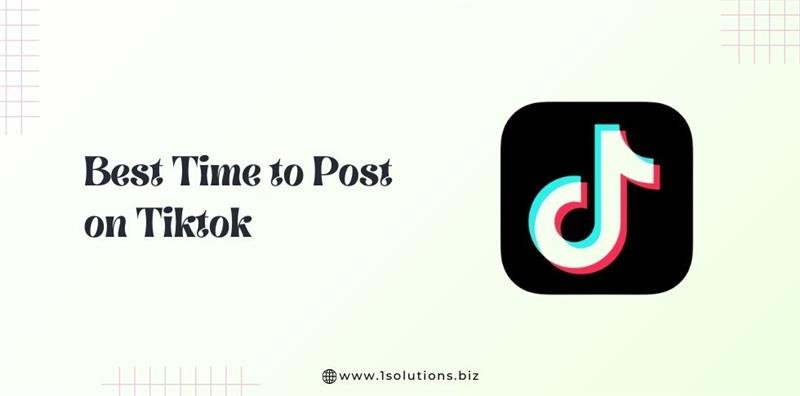
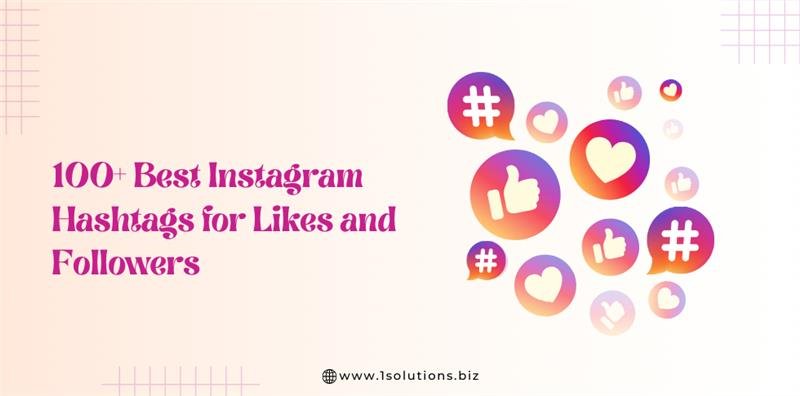
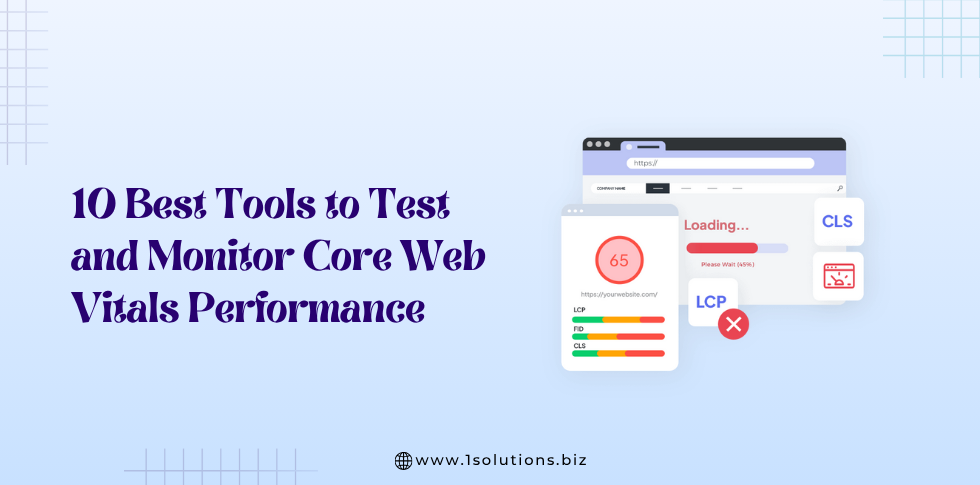




 in India
in India